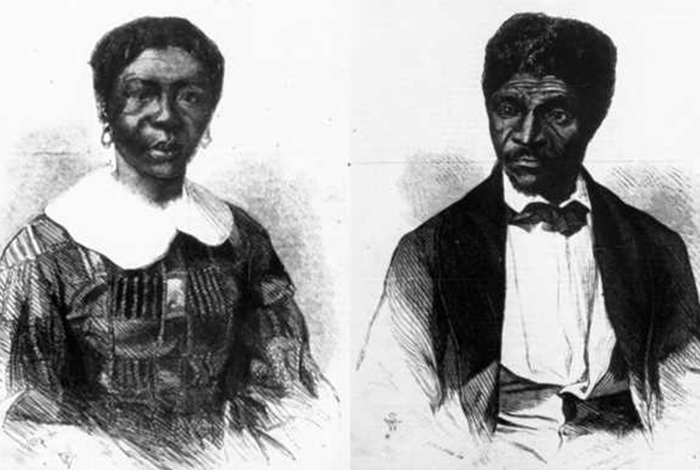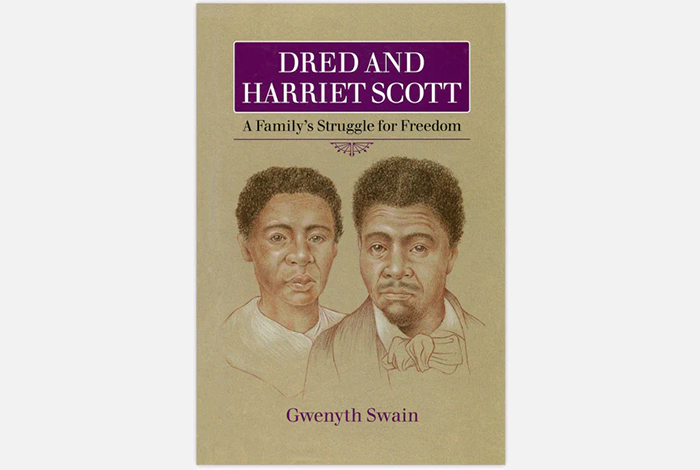The Dred Scott Case

One family's fight for freedom changed America.
Slavery should never have existed at Fort Snelling. Both the Northwest Ordinance (1787) and the Missouri Compromise (1820) prohibited slavery there. Still, the Army encouraged its officers to bring enslaved people to the fort.
Dred and Harriet Scott were enslaved at Fort Snelling for many years. When they had the chance, they sued for their freedom. Their case dragged on for more than a decade.
In 1857, the US Supreme Court ruled that the Scotts had no right to sue for their freedom. The chief justice wrote that Black people, free or enslaved, had no rights which the white man was bound to respect.
Born in racism, the Dred Scott decision inflamed tensions leading to civil war. Northerners who hated slavery were furious. Southern enslavers were elated.
And the Scotts? After the court’s decision, the son of Dred’s original enslaver assumed their ownership. He freed them two months later.
Videos
Learn more about Dred and Harriet Scott's legal fight for freedom in our four-part video series.
Dred & Harriet Scott: Freedom On Trial, Part 1
Who were Dred and Harriet Scott?
Dred & Harriet Scott: Freedom On Trial, Part 2
Why were Dred and Harriet Scott able to sue for their freedom?
Dred & Harriet Scott: Freedom On Trial, Part 3
What happened when the Scotts' case reached the Supreme Court?
Dred & Harriet Scott: Freedom On Trial, Part 4
What was the legacy of the Dred Scott case?
Additional resources
Major funding for this video series provided by Thomson Reuters.



